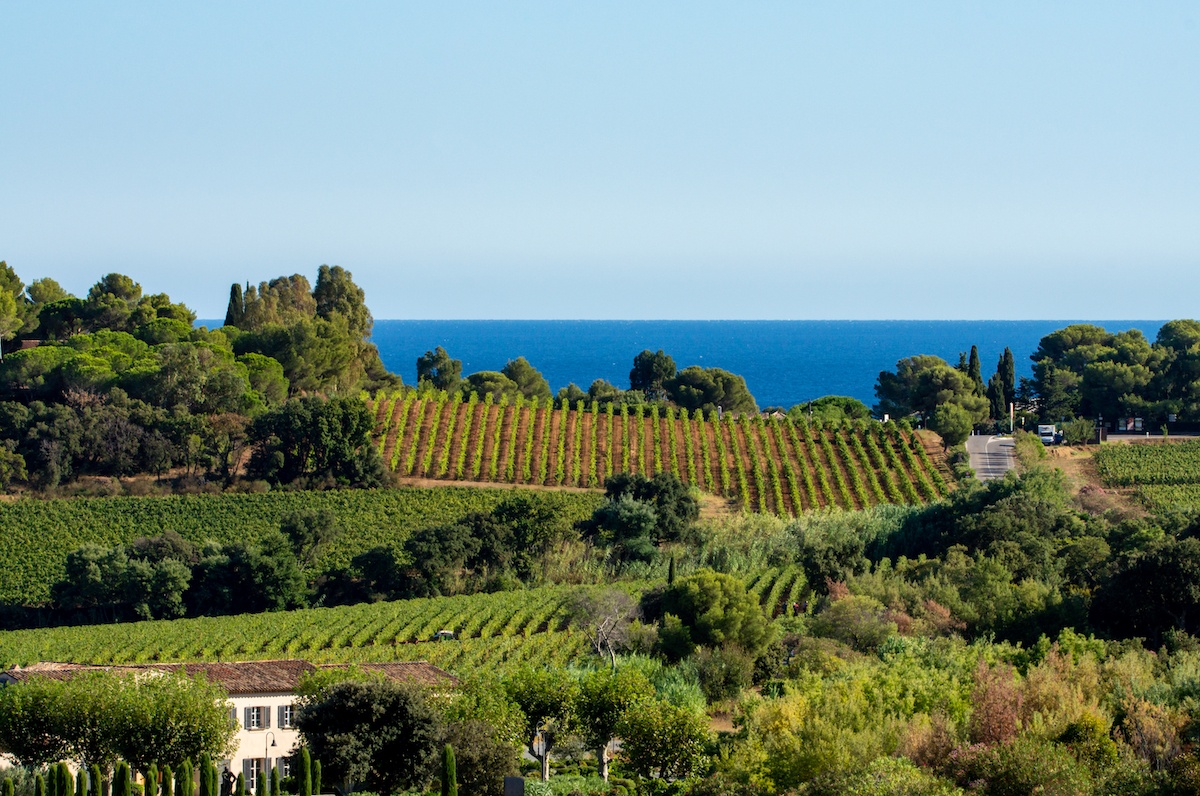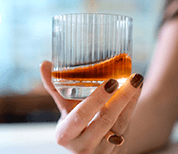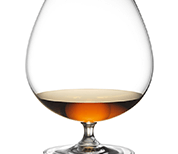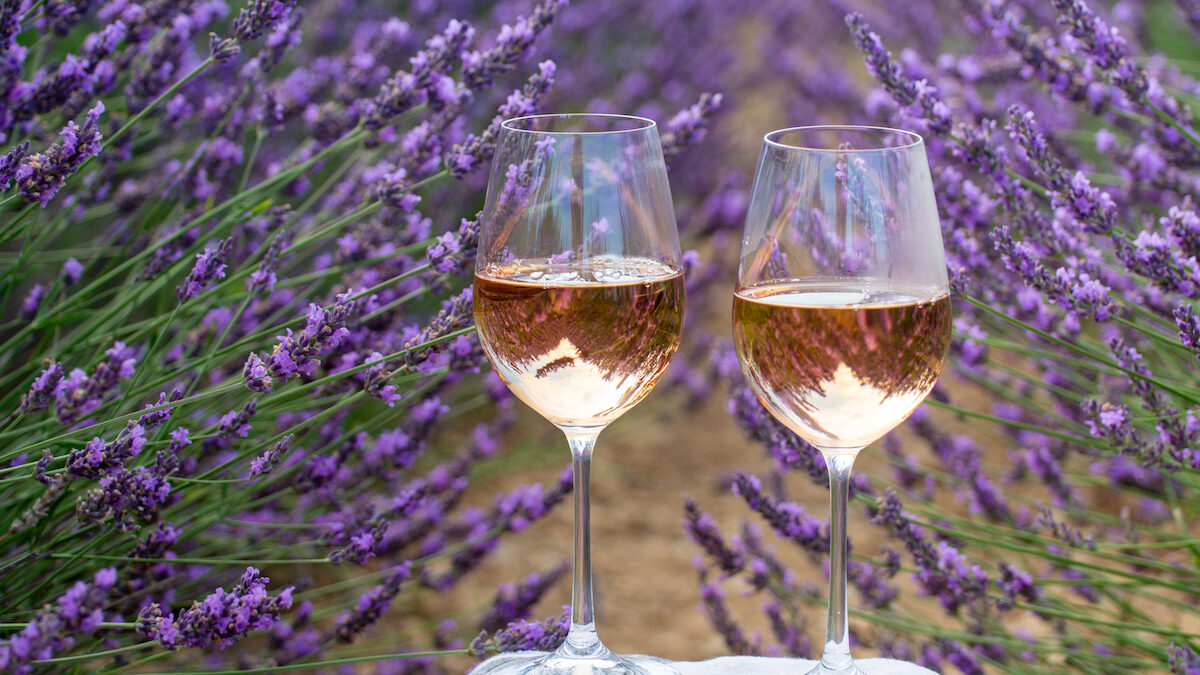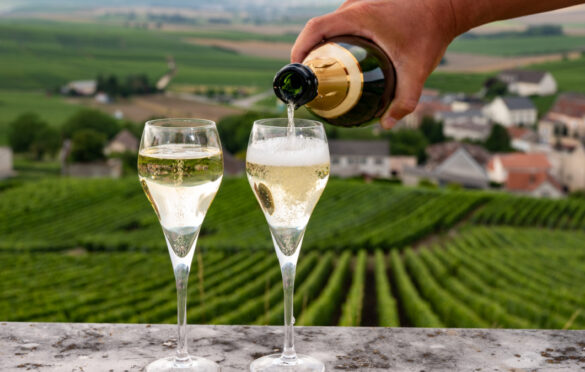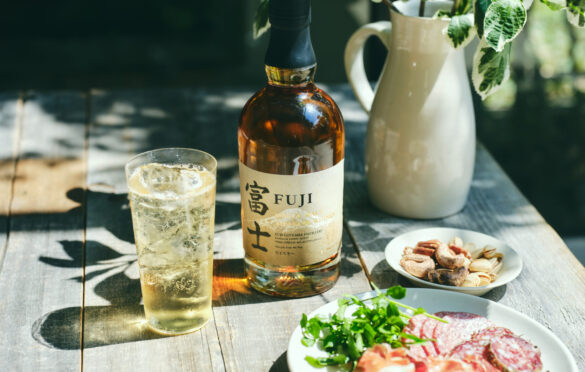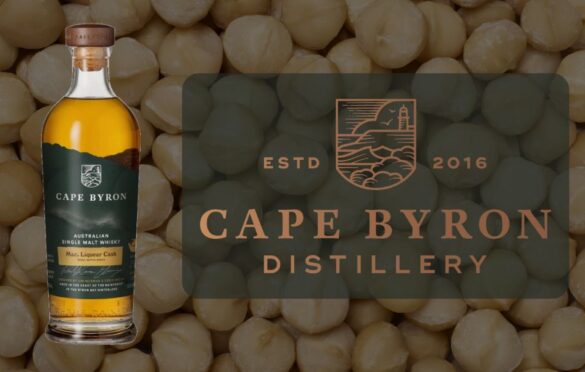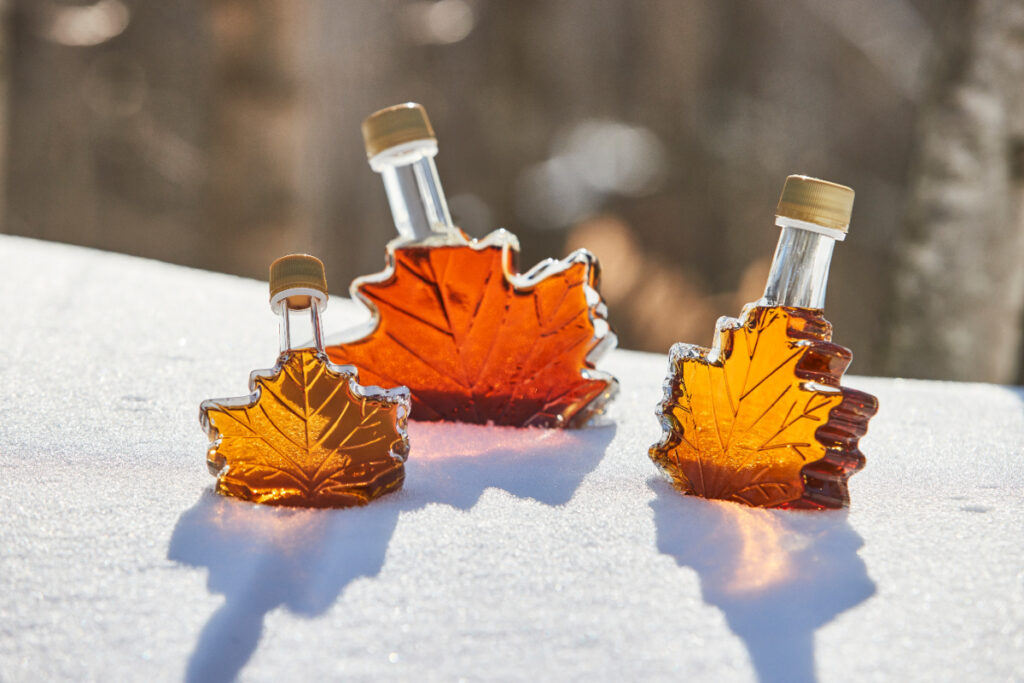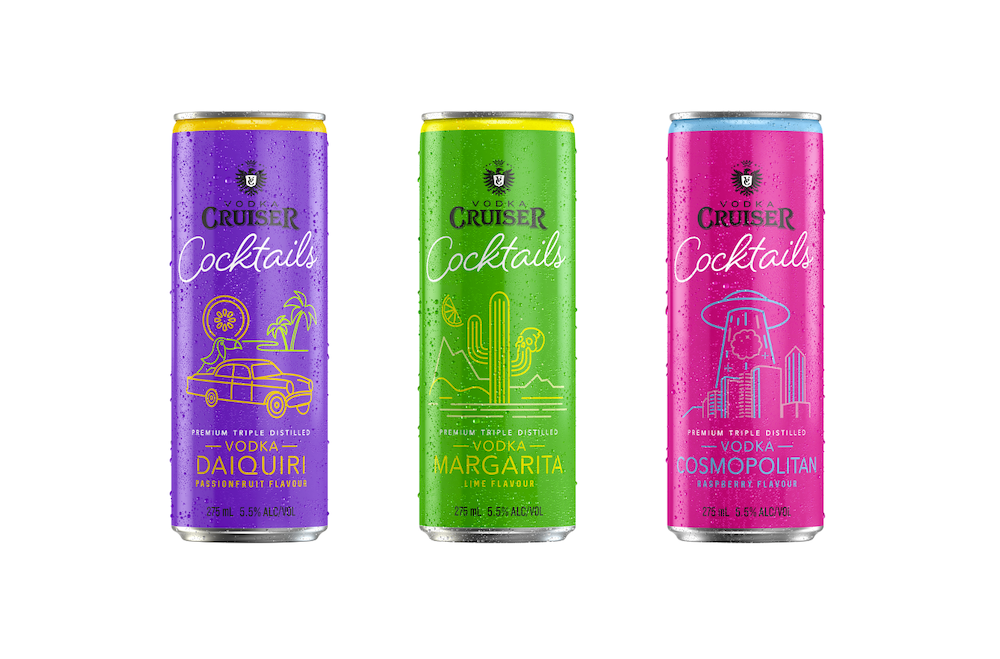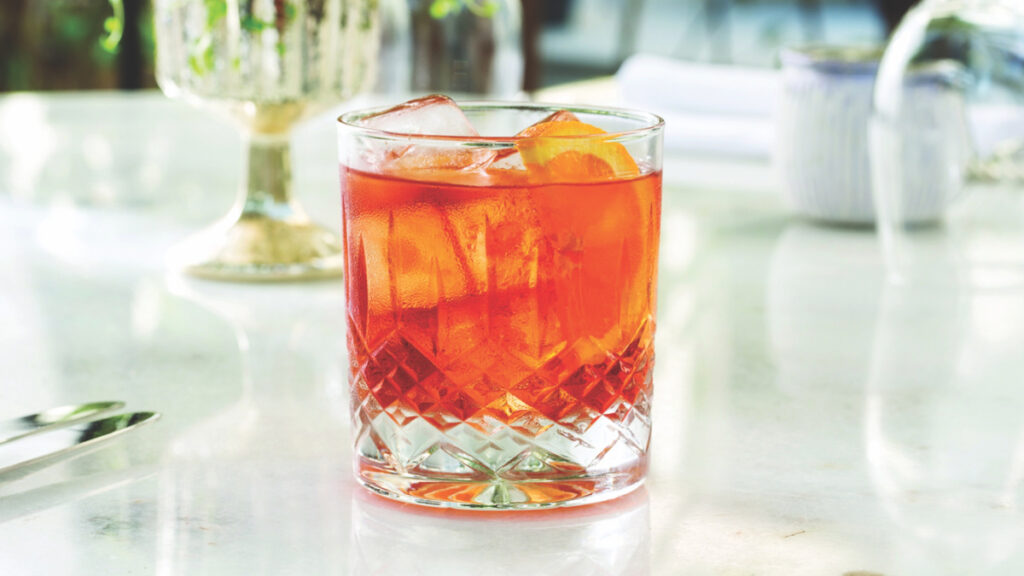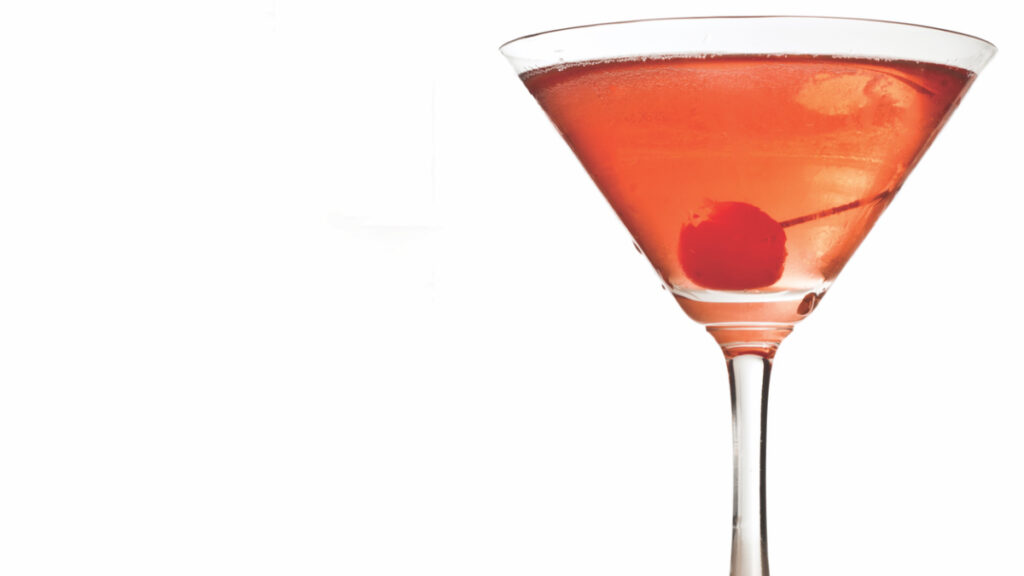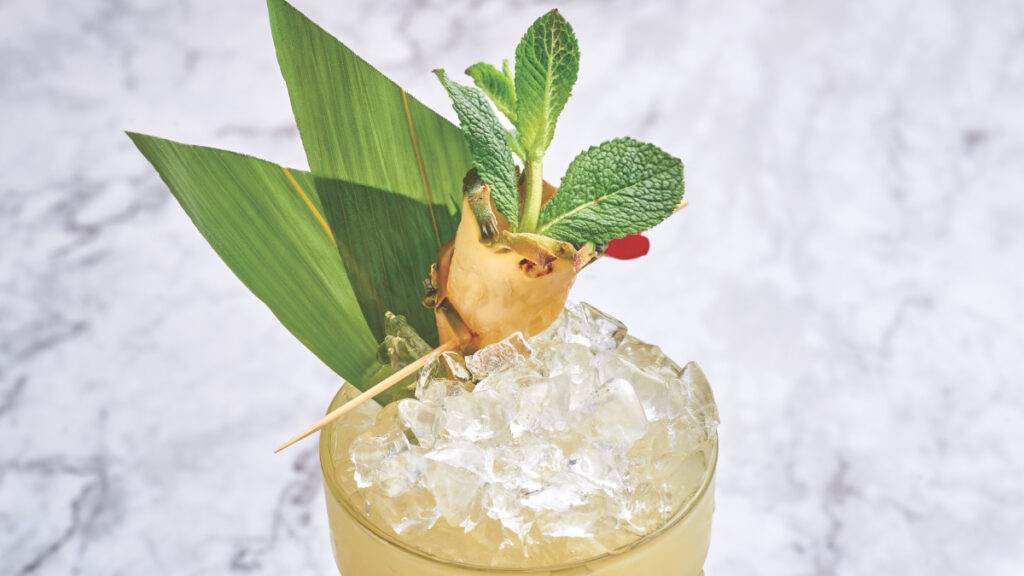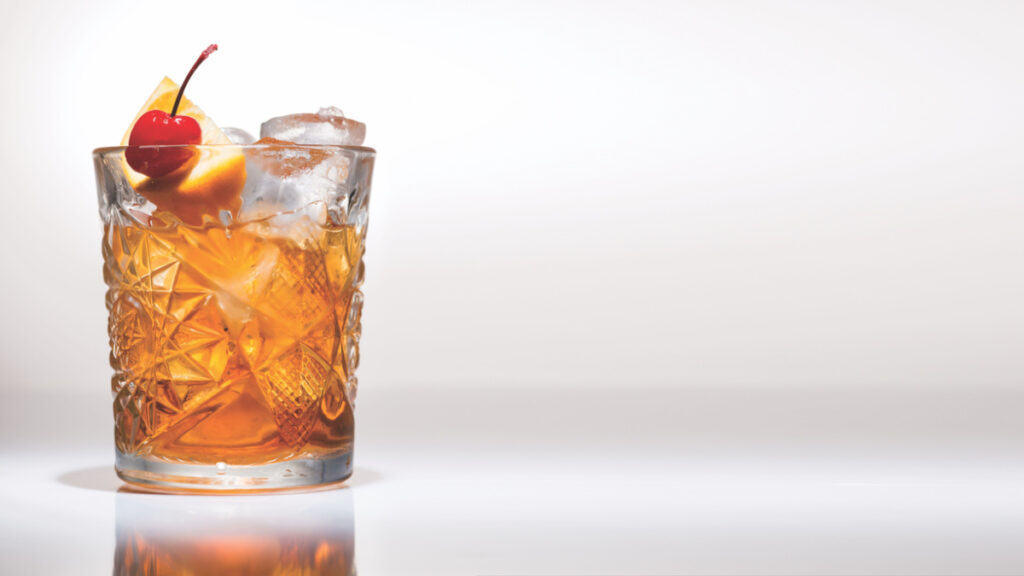- (+61) 2 9492 – 7999
- info@hipmedia.com.au
- Mon - Fri: 9:00 - 18:30
Summer in French Provence, cold gris rose wine from Cotes de Provence and blossoming colorful lavender fields on Valensole plateau, tastes and aromas of Provence, France
After a scorching summer, harvesting kicked off ten to fifteen days earlier than in 2021. Across the region, the fruit is extremely healthy and there should be good volumes available.
The first fruit was picked in the week commencing 8 August in the earliest ripening areas across the Provence wine region (AOC Côtes de Provence, AOC Coteaux d’Aix-en-Provence and AOC Coteaux Varois en Provence). Berry development is magnificent and there is no pressure from pests. Despite heat and water stress, all the signs point to a vintage with great potential, especially with conditions for harvesting as they are. Calm weather has returned and sunny days alternate with cool nights. This comes after storms in mid-August which, whilst replenishing water supplies for the vines, also brought hailstorms that caused damage on some properties along the Var coastline.
Due to the cumulative effect of the heatwave, winegrowers have an even greater incentive to harvest in the coolest hours of the day and even by night in order to pick fruit as cool as possible. At stake is their ability to preserve the pure aromas that form the signature style of Provence rosés.
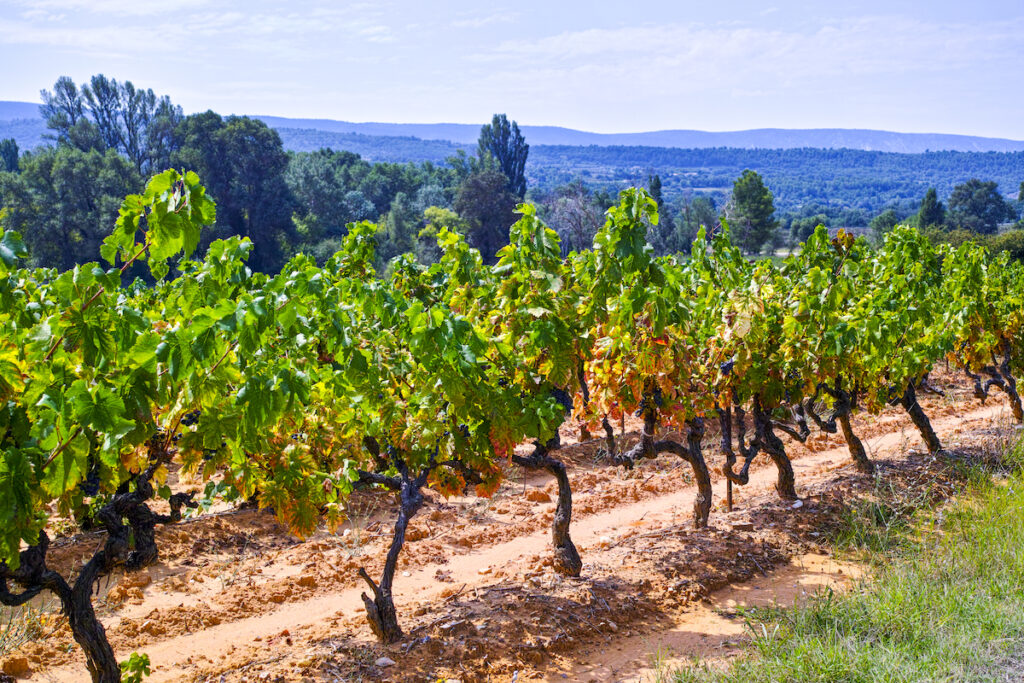
Chosing the right time to harvest
“Grapevine growth was impacted by the heatwave, but we did not witness the stall in ripening that might have been feared. This is due to the vines’ resilience, which never ceases to amaze, and the refreshing nights. Both day and night time temperatures were high but the difference between them and normal seasonal levels was slightly less significant, which helped the plants cope. However, this year it is essential to choose the right time to harvest, virtually to within the day or hour, in order to counteract the effects of the heatwave on the fruit,” said Gilles Masson, Director of the Rosé Research Centre
Weather events are having an increasing impact
“Since the start of harvesting, night times are cooler and the fruit has become more balanced, ushering in a stellar vintage. We were extremely concerned but volumes should equal those of a normal year with some variations depending on the properties – those that have suffered most are the ones that had the least amount of rain. This vintage offers the perfect illustration that weather events are having an increasing impact. Ultimately, we know that we are going to have to adapt and we are already working on it with experiments focusing both on the varietal range and vineyard management techniques,” said Éric Pastorino, Chairman of the CIVP
ANNUAL WEATHER REPORT
After an extremely dry first quarter with only half as much rainfall as last year, bud burst occurred later than in 2021, running from the end of March to the end of April, depending on the areas. The delay did have one positive outcome though – this year no damage from frost was recorded.
Expedited progress in the spring
Although the water shortfall was a cause for concern, storms over the Easter weekend saved the day, partially replenishing water supplies in the soils. Increased temperatures made up for delays in the growing season and even took it ahead of an average year.
Magnificent flowering
Flowering, in particular, started off extremely well with vines benefiting from favourable conditions at the end of May when the weather was fine, temperatures were moderate and there was no wind. Consequently, fruit set – a stage in grapevine growth that likes neither the cold nor the damp – was swift and trouble-free.
Beneficial rain at the end of June
Even before the start of summer, vineyards were subjected to the first heatwaves and hailstorms which, fortunately, only caused minor damage. Rain, once again, was long in coming but luckily returned at the end of June. There were some disparities though – some areas recorded 60 millimetres of rain whilst others had none.
An early start to harvesting
The first clusters began to colour in mid-July. Veraison was fairly slow, especially in areas that had had no rainfall. Heat stress led producers to fear a stall in ripening but their fears were short-lived and harvesting began ten to fifteen days earlier than last year.
Winemakers in Provence have cultivated their passion for crafting classic rosé wines for generations, and the region is now globally recognised as the true home of rosé. From the Mediterranean coast to the foothills of the Alps, and from Aix-en-Provence to Nice’s illustrious Riviera, Provence’s beautiful vineyards stretch across approximately 195km. 2021 saw 167 million bottles of AOP wines produced (equivalent to 1,255,060 hl in volume), 91% of which were rosé, 5% were red, and 4% white wine. The main grape varieties are Syrah, Grenache, Cinsault, Tibouren and Mourvèdre.
To connect with winemakers in the region, visit the new trade platform for Vins de Provence.
Photo by Cédric Skrzypczak.
